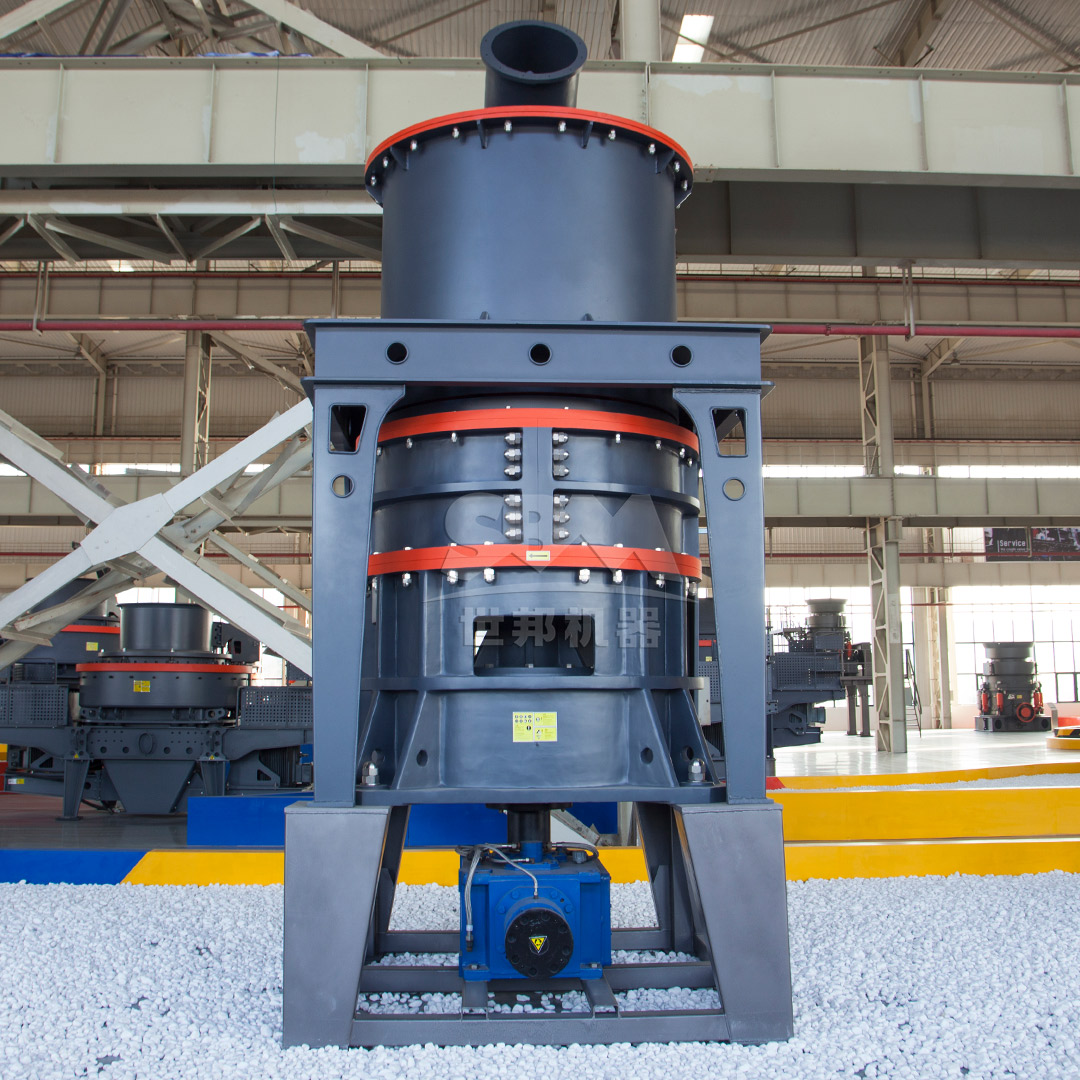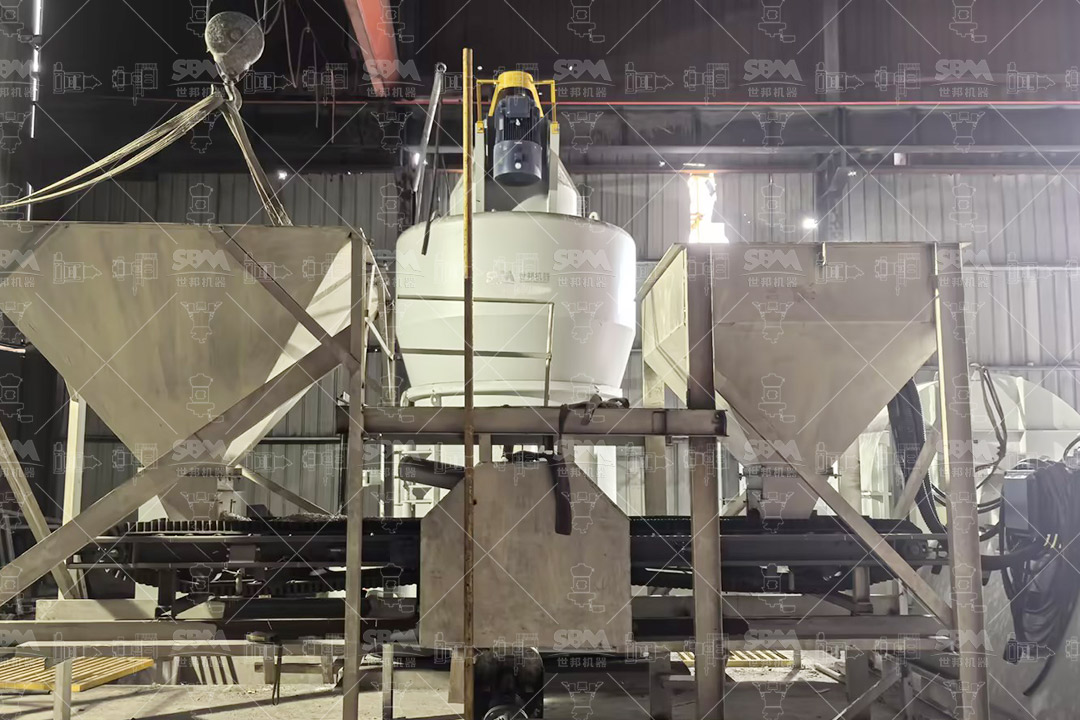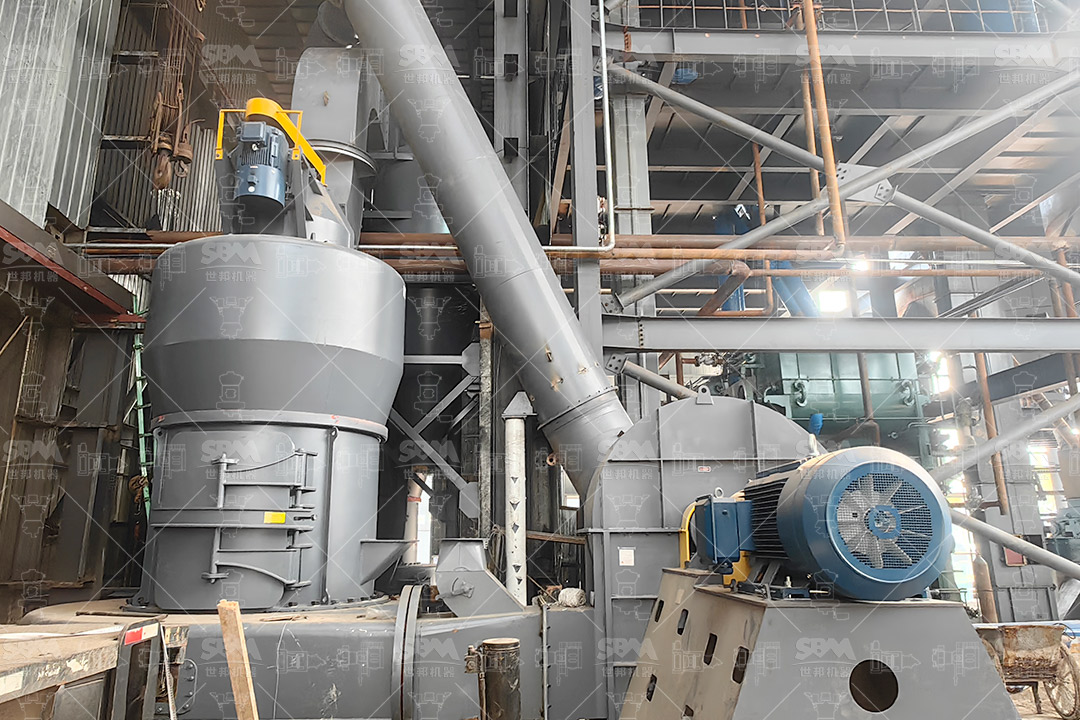The production of high-end architectural coatings demands exceptional quality raw materials, with marble powder being one of the most critical components. The fineness, purity, and particle size distribution of marble powder directly impact the coating’s durability, aesthetic appeal, and application properties. Selecting the appropriate marble powder mill is therefore a fundamental decision for manufacturers aiming to produce premium products. This comprehensive guide explores the key factors to consider when choosing a marble powder mill, with a focus on achieving the stringent specifications required by the high-end architectural coatings industry.
Before evaluating different mill types, it is crucial to define your production requirements clearly. This involves a detailed analysis of both the raw material and the desired final product specifications.
Several grinding technologies are suitable for producing marble powder. The choice depends on the balance between fineness, capacity, and operational costs.
For the highest fineness requirements (800-2500 mesh), ultrafine mills are the optimal choice. They utilize a combination of grinding and high-precision air classification to produce extremely fine and uniform powders.
Recommended Product: For operations demanding the ultimate in fineness and purity for premium coatings, our SCM Ultrafine Mill is an industry benchmark. It is engineered to produce powders from 325 to 2500 mesh (D97 ≤ 5μm) with exceptional uniformity. Its key advantages include:
With models like the SCM800 (0.5-4.5 t/h) up to the SCM1680 (5.0-25 t/h), it can be scaled to meet any production need for high-end marble powder.

Vertical mills are renowned for their high efficiency and low operating costs, especially for medium to large capacities. They integrate grinding, drying, and classification in a single unit.
Recommended Product: For large-scale production of high-quality marble powder with excellent control over particle size, our LM Series Vertical Roller Mill is a superior solution. It is designed for high output with significantly reduced energy consumption.
The LM series, with models like the LM130K (10-28 t/h) and LM220K (36-105 t/h), offers a versatile range for producing marble powder from 30 to 325 mesh, with special models capable of reaching 600 mesh.

These mills offer a robust and reliable solution for producing powders in the 30-325 mesh range. They are known for their stable performance and are a cost-effective choice for many applications.
Our MTW Series Trapezium Mill incorporates advanced features such as a curved air duct for reduced energy loss, a conical gear overall transmission for 98% efficiency, and wear-resistant components that lower maintenance costs. With capacities ranging from 3 to 45 tons per hour, it is an excellent workhorse for standard to high-capacity marble powder production lines.
| Selection Factor | Questions to Ask | Impact on Coating Quality |
|---|---|---|
| Particle Size Distribution | Can the mill consistently achieve a narrow PSD (e.g., D97)? How accurate is the classifier? | Affects coating smoothness, opacity, and film integrity. A wide PSD can lead to poor finish and reduced durability. |
| Contamination Risk | What is the material of the grinding elements? Is iron contamination controlled? | Metallic iron contamination can cause yellowing or darkening of white and light-colored coatings, compromising aesthetics. |
| Energy Consumption (kWh/t) | What is the specific energy consumption for the target fineness? | Directly impacts production costs. Ultrafine grinding is inherently energy-intensive, so efficiency is key. |
| Operational & Maintenance Costs | What is the wear rate of consumables? How complex is maintenance? | Influences long-term profitability. Mills with easy-to-replace, long-lasting wear parts reduce downtime and cost. |
| Environmental Compliance | What are the noise and dust emission levels? | Essential for meeting workplace safety and environmental regulations. Fully sealed systems with efficient baghouse filters are mandatory. |
The final selection should be a holistic decision based on a techno-economic analysis. While the initial capital investment is important, the Total Cost of Ownership (TCO)—which includes energy, maintenance, and consumable costs—often proves more significant over the machine’s lifespan.
For a high-end architectural coatings producer, where product quality is non-negotiable, investing in a mill that guarantees fineness, purity, and consistency is paramount. Technologies like the SCM Ultrafine Mill for the finest applications or the LM Vertical Roller Mill for large-scale, efficient production represent investments that protect your brand’s reputation and ensure customer satisfaction.
Always request material test reports and, if possible, conduct a trial with your specific marble feedstock in the manufacturer’s testing facility. This is the most reliable way to verify the mill’s performance against your exact requirements.

Choosing the right marble powder mill is a strategic decision that lays the foundation for producing superior architectural coatings. By thoroughly understanding your material and product needs, carefully evaluating the different milling technologies available, and prioritizing factors like particle size control, contamination prevention, and energy efficiency, you can select a mill that will deliver outstanding performance and return on investment for years to come. Partnering with a reputable manufacturer that offers robust, technologically advanced, and environmentally sound equipment, such as our SCM and LM series mills, is the key to success in the competitive high-end coatings market.